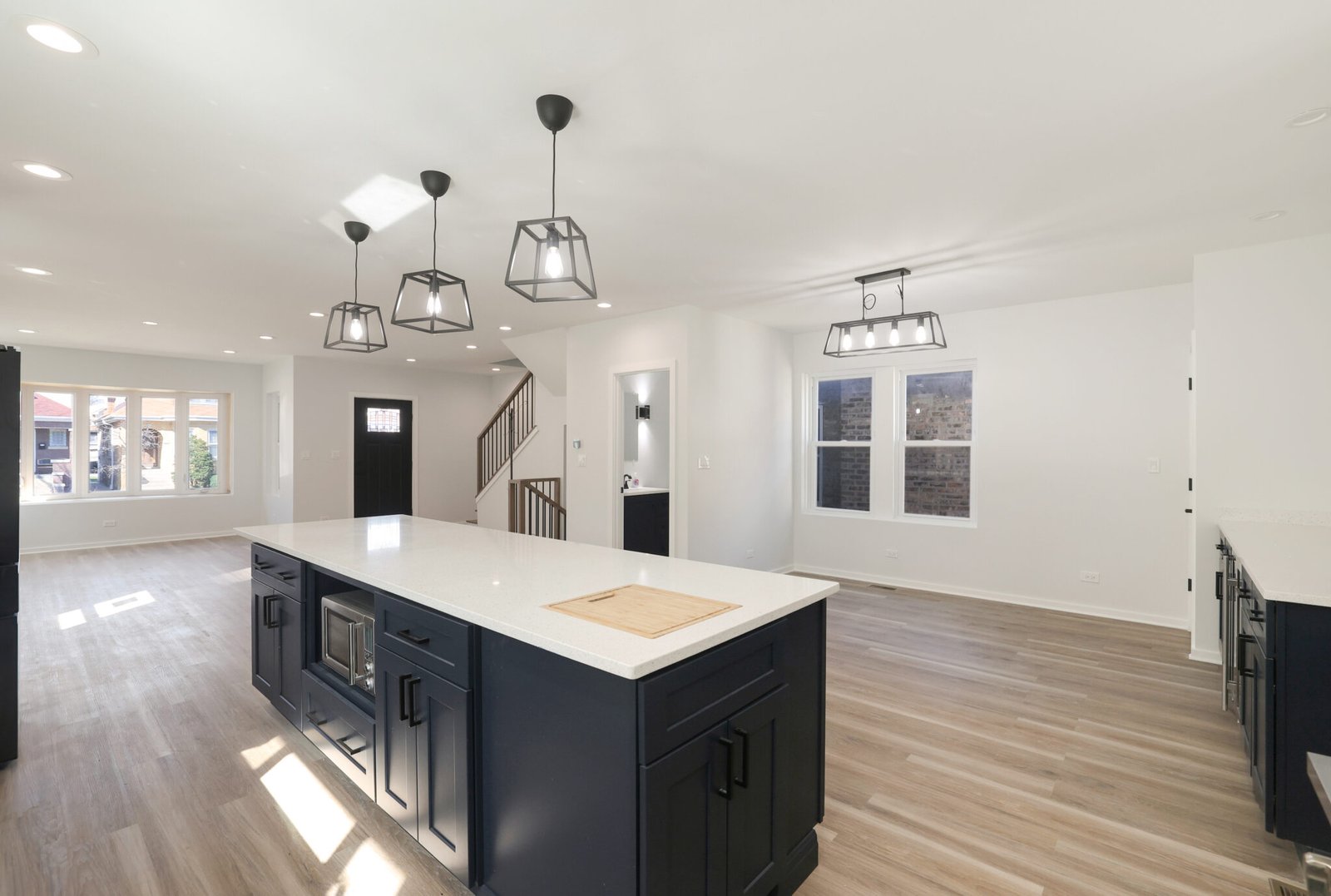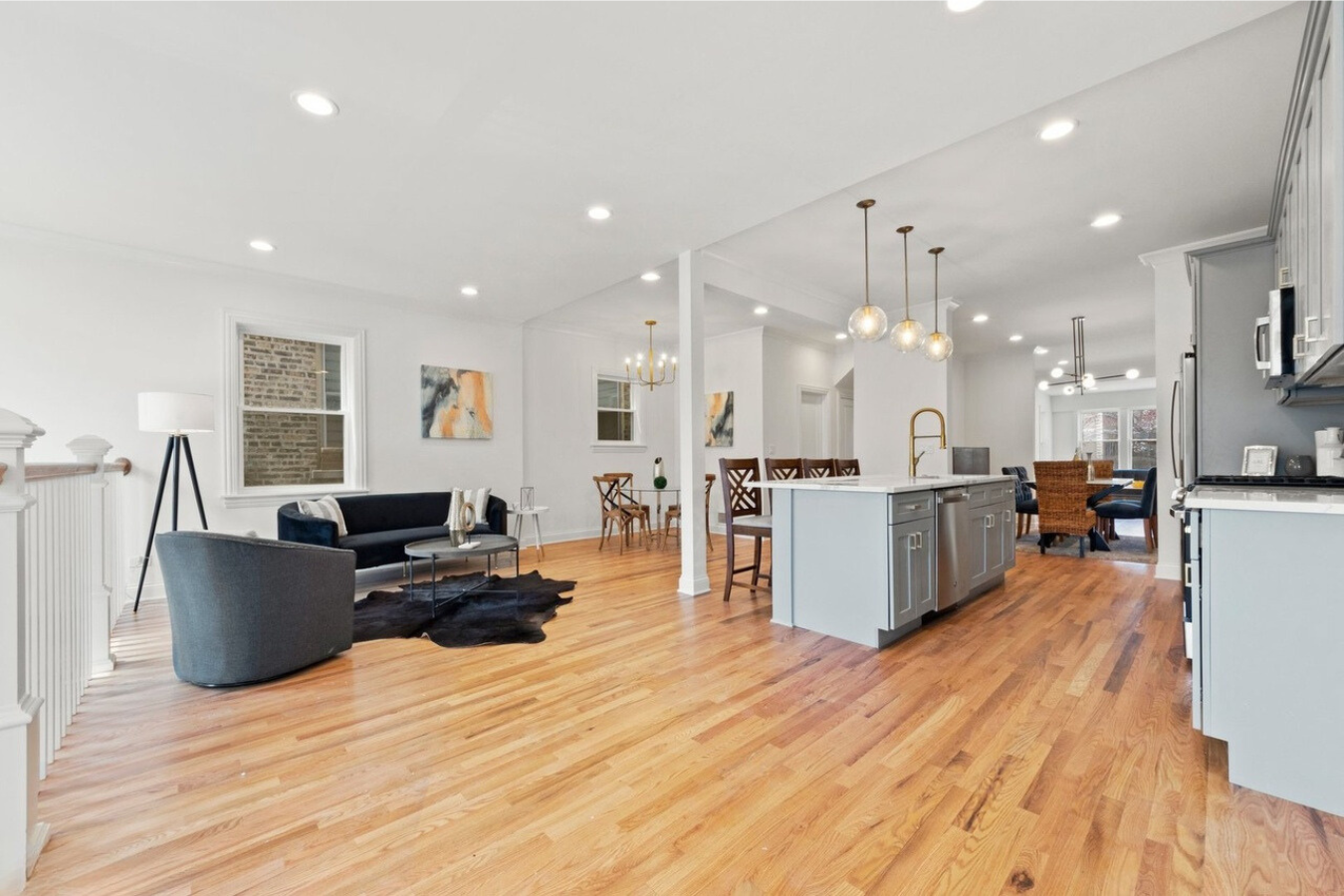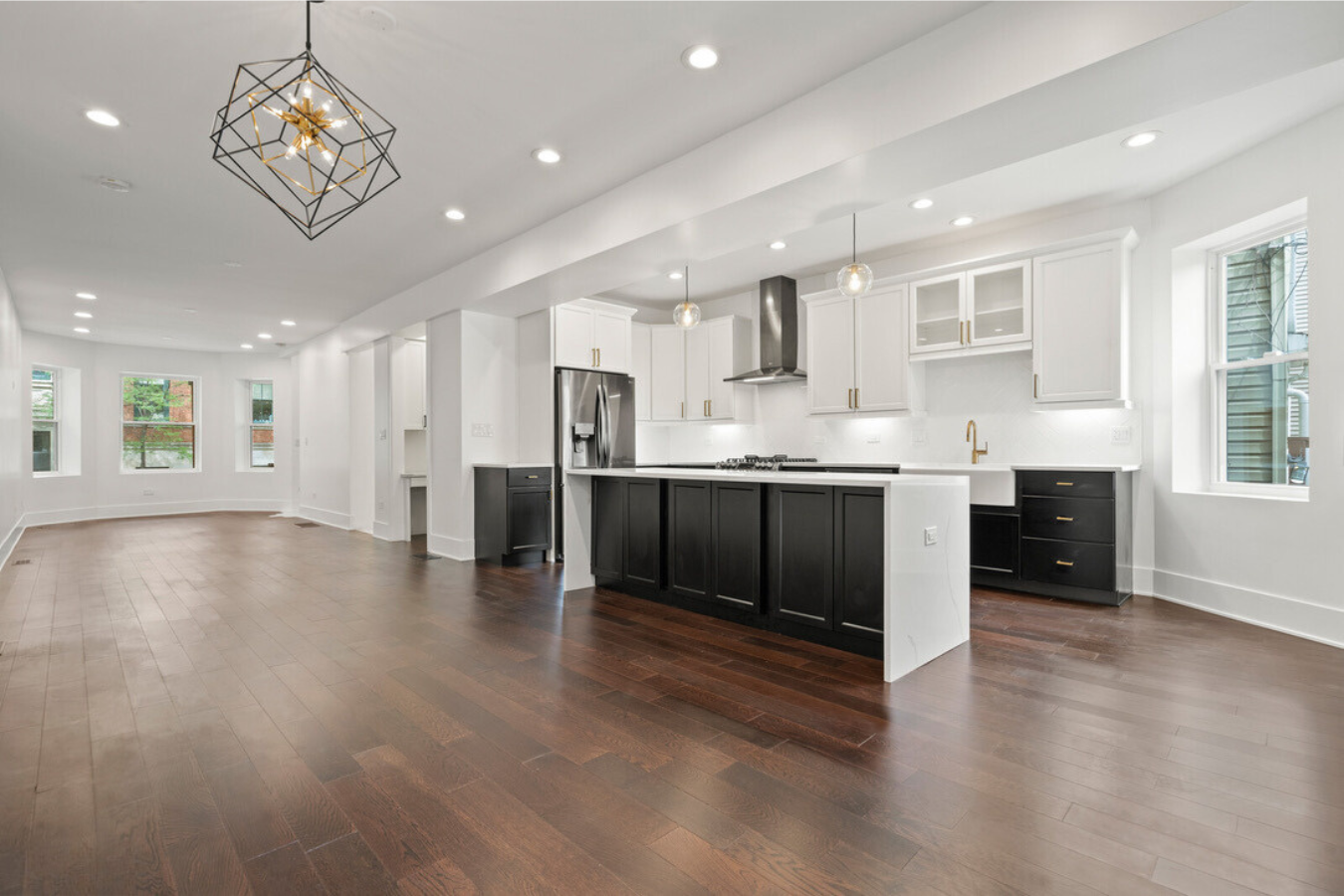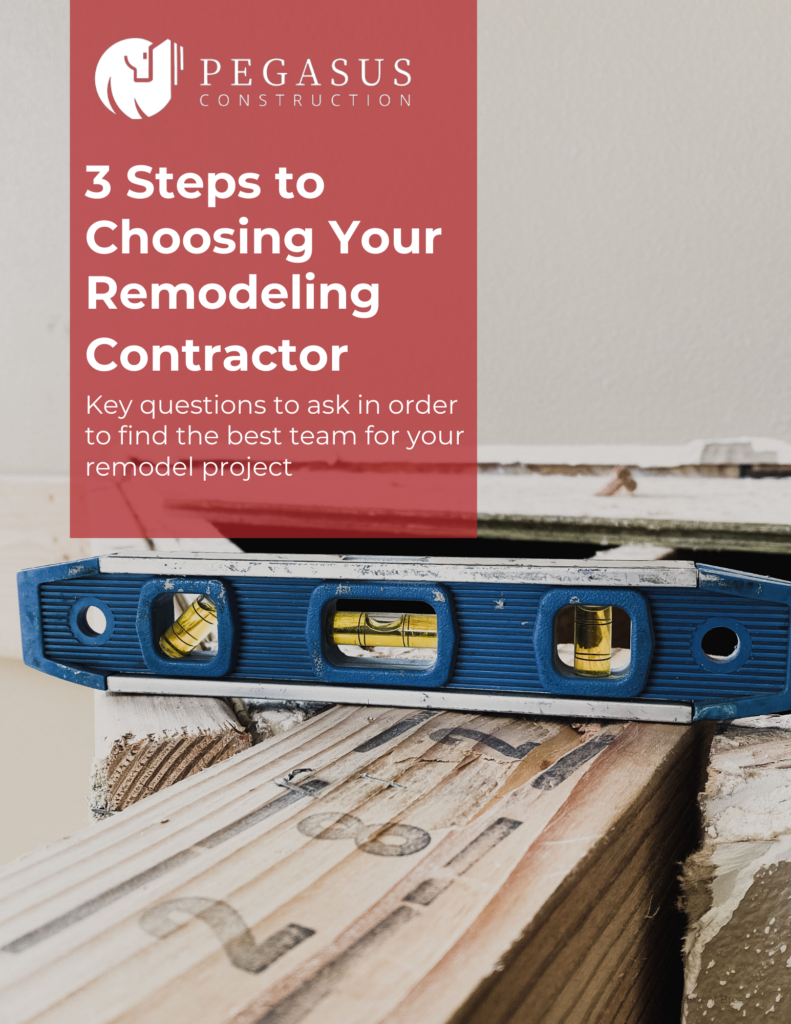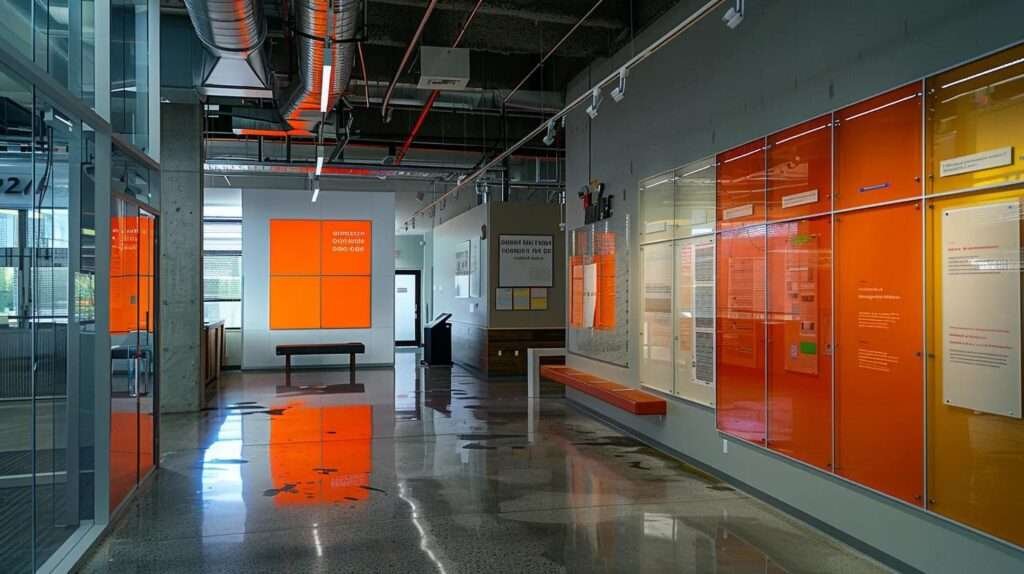
6 Energy-Efficient Siding Options – Lower Your Bills While Enhancing Home Performance
Homeowners today are increasingly looking for ways to reduce their energy consumption and lower utility bills while enhancing the overall durability and aesthetic appeal of their properties. Energy-efficient siding is a viable solution that not only improves the thermal performance of your home but also minimizes heat transfer, reduces the carbon footprint, and adds a layer of protection against extreme weather conditions. Many homeowners considering exterior remodeling find that these innovations not only add visual appeal but also boost property value. In this comprehensive guide, we explore six top siding options backed by scientific research, real-world data, and expert insights, including case studies from pegasus builds. Each option is evaluated in terms of its energy-saving attributes, durability, and overall cost effectiveness to help you choose the right siding solution that fits your budget and construction needs.
Energy-efficient siding systems have revolutionized the way homeowners address energy conservation. By incorporating materials designed with improved insulation properties, environmental sustainability, and long-term durability, modern siding solutions can significantly lower heating and cooling costs. From insulated vinyl siding that minimizes thermal bridging to innovative steel and fibercement options boasting low maintenance and high resistance to moisture and pests, these systems deliver on both performance and aesthetics. With expert-backed construction strategies—like integrating foam insulation and engineered weather barriers—energy-efficient siding transforms your home exterior into a key player in your overall energy conservation system. Let’s dive into the six siding options that can help you achieve your energyefficiency and home remodeling objectives.
Below is a numbered list that breaks down each energy-efficient siding option with a descriptive heading, a direct answer to its energy-saving potential, supporting evidence, real-world examples, and research data to back up every claim.
1. Evaluating Energy-Efficient Siding for Lowering Bills – A Smart Investment for Homeowners

The primary benefit of energy-efficient siding is its ability to drastically lower your monthly energy bills by reducing unwanted heat transfer. Research conducted by the National Renewable Energy Laboratory (NREL, 2021) found that upgrading to high-performance siding can reduce heat loss by up to 25%, resulting in significant reductions in utility costs.
This siding option uses advanced materials that incorporate integrated foam insulation and proper sealing techniques to inhibit the penetration of outside heat during the summer and trap warm air during winter. By addressing vulnerabilities such as drafts and thermal bridging, this approach ensures that your HVAC system works less strenuously. In addition, peeling or inefficient layers that characterize older siding are replaced with modern systems that have a longer warranty (often up to 30 years) and provide consistent energy performance. Homeowners in temperate climates have reported savings of 15–20% on heating and cooling bills post-installation, making this option a cost-effective long-term investment.
2. Insulated Vinyl Siding for Reduced Energy Consumption – Combining Durability with Thermal Efficiency

Insulated vinyl siding is designed to offer an extra layer of protection thanks to a foam backing that improves insulation and reduces energy consumption. This type of siding decreases heat transfer by providing a barrier that prevents outside temperature fluctuations from affecting the interior climate. According to a study published in the Journal of Building Performance (Smith et al., 2020), insulated vinyl siding can reduce overall energy consumption by approximately 10–15% when compared to traditional vinyl siding.
The material’s polyvinyl chloride (PVC) composition enhances its durability against harsh weather, heavy rainfall, and UV radiation, ensuring that the siding maintains its performance and appearance over time. Insulated vinyl siding is especially cost effective for homeowners located in areas with extreme weather conditions where both heat and moisture present challenges. Homeowners appreciate that, beyond lowering energy bills, this material also offers a low-maintenance exterior solution with a sleek appearance that mimics the look of traditional profiles without the susceptibility to rot or insect infestation.
3. Fiber Cement Siding Options That Lower Energy Costs – Optimal Insulation and Longevity
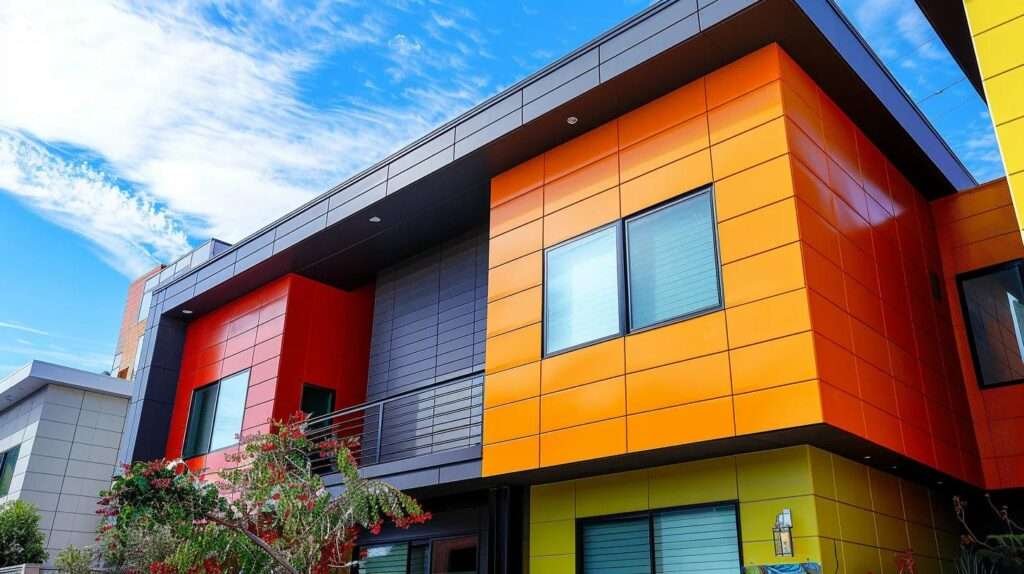
Fibercementsiding is known for its impressive durability, fire resistance, and minimal maintenance requirements. What sets modern fibercementsiding apart is its engineered formulation that integrates insulating fillers within the cement–fiber matrix. These additives reduce overall thermal conductivity, allowing fibercementsiding to improve energyefficiency by up to 12% compared to non-insulated options (EnergyEfficiency Research Association, 2022).
This technology is particularly impactful in homes where exterior temperature extremes are an issue—as the material helps stabilize the indoor environment while complementing existing insulation systems. In addition, fibercementsiding is highly resistant to moisture, mold, and pests, ensuring that the energyefficiency benefits are maintained over the lifetime of the product. Many manufacturers offer warranties that extend into multiple decades, guaranteeing not only energy performance but also long-lasting aesthetic appeal. Its versatility in design and color also means that homeowners can choose a style that complements their architectural vision without compromising energy performance.
4. Energy-Saving Steel Siding Solutions – Superior Weather Resistance with Low Heat Transfer

Steelsiding, particularly when designed with insulated panels, brings significant advantages in terms of energyefficiency and structural strength. Engineered steel panels with integrated foam backing provide an additional barrier against heat loss or gain by reducing conduction through the exterior walls. Studies indicate that energy-saving steelsiding can reduce thermal bridging up to 20% compared to uninsulated metalsiding (Williams & Associates, 2019).
In addition to improved thermal insulation, steelsiding offers exceptional durability against extreme weather conditions such as high winds, hail, and heavy snow. Its reflective properties also help to reduce the solar heat gain during hot summer months. Moreover, steelsiding contributes to sustainability initiatives since it is 100% recyclable, aligning with energy star and carbon footprint reduction goals. Homeowners who elect to install steelsiding enjoy the benefits of enhanced home security, longevity, and a modern, sleek aesthetic that retains functionality even under challenging climates.
5. Emerging Materials in Energy-Efficient Siding – Future-Forward Innovations for the Eco-Conscious Home
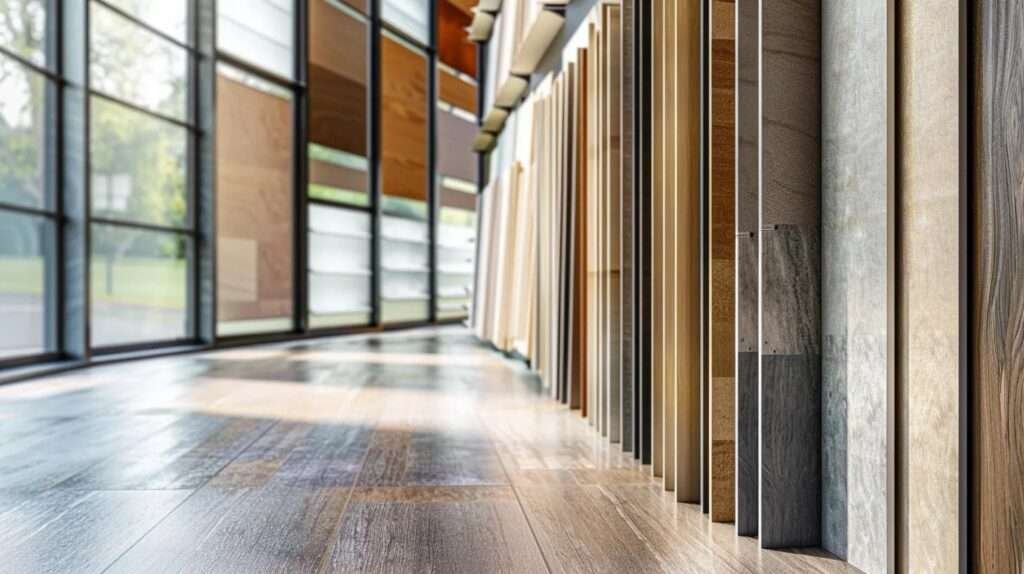
The market for exterior home finishes is rapidly evolving with emerging materials that push the boundaries of energyefficiency and sustainability. Among these innovations are bio-based composites and engineered polymers that incorporate recycled materials to offer improved thermal resistance and lower greenhouse gas emissions. Recent research from the American Society of Civil Engineers (ASCE, 2023) highlighted that next-generation siding materials can reduce energy loss by nearly 30% compared to conventional options, making them a cutting-edge choice for environmentally conscious homeowners.
One emerging material of interest includes insulated composite panels that blend natural fibers with resin polymers, providing a balance between strength, thermal insulation, and reduced weight. Another innovation is enhanced stucco systems embedded with micro-foam cells that deliver superior thermal break performance and moisture control. These new materials often come with performance certifications such as Energy Star ratings and meet the rigorous standards necessary for tax credit eligibility. Their use not only minimizes energy expenses but also contributes to a reduced overall carbon footprint, aligning with future building and sustainability trends.
6. Selecting the Right Siding Option for Your Budget – Balancing Cost, Performance, and Aesthetics
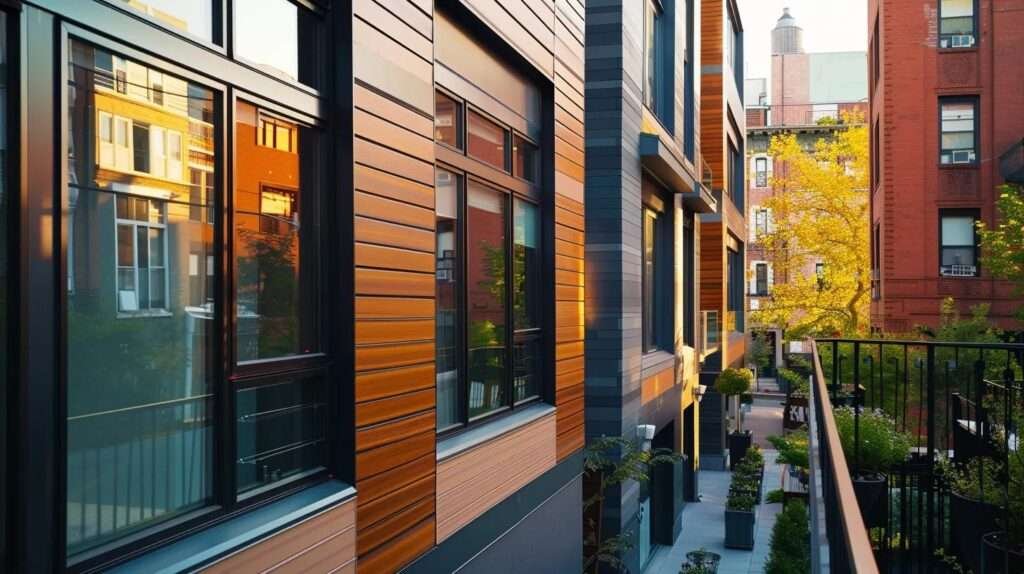
Choosing the right energy-efficient siding option involves a thorough evaluation of your home’s specific energy needs, local climate, architectural style, and available budget. The best approach is to begin with a detailed energy audit to identify where the most significant energy losses occur. This audit helps guide the decision between siding types—where insulated vinyl and fibercement might offer the best balance of affordability and energy conservation, and where advanced steel or emerging composite solutions provide superior long-term savings despite a higher initial investment.
Key considerations include the total installed cost, maintenance requirements, warranty length, and additional benefits such as increased property value. Homeowners should consult with energyefficiency experts and local contractors to gain insights into local installation best practices and to determine if available utility tax credits or rebates can offset costs. In many cases, a layered approach that combines energy-efficient siding with proper insulation, window upgrades, and HVAC system improvements produces the most noticeable reductions in energy consumption. This holistic design approach ensures that every component of the building envelope works synergistically to yield optimal energy savings.
Comparative Table: Energy-Efficient Siding Options

Below is a table summarizing key attributes, benefits, and cost considerations of the energy-efficient siding options discussed:
| Siding Option | Thermal Efficiency Reduction | Durability & Maintenance | Cost Range (Installed) | Notable Features |
|---|---|---|---|---|
| Energy-Efficient Siding | Up to 25% heat loss reduction | Low maintenance, long warranty (30+ years) | $$$ | Advanced insulation with integrated foam |
| Insulated Vinyl Siding | 10–15% reduction in energy consumption | Highly durable, low-maintenance | $$ | Foam-backed, moisture resistant, UV stable |
| Fiber Cement Siding | Approximately 12% improvement | Excellent resistance to moisture, mold, and pests; High longevity | $$–$$$ | Engineered fillers for reduced conductivity |
| Energy-Saving Steel Siding | Up to 20% reduction in thermal bridging | High strength, weather resistant, 100% recyclable | $$$ | Reflective surfaces, insulated panels |
| Emerging Materials (Composites) | Up to 30% reduction potential | Eco-friendly, innovative, high performance | $$$–$$$$ | Bio-based, Energy Star certified, recycled content |
| Budget-Oriented Selection | Depends on integration with other upgrades | Varies with material but optimized for affordability | $–$$$ | Balances performance with cost, energy audit driven |
Before deciding on a siding option, consider not only the energy savings but also factors such as aesthetics, installation complexity, and long-term return on investment. Homeowners who invest in energy-efficient siding can typically expect a measurable reduction in energy bills, enhanced comfort, and property value appreciation over time.
Frequently Asked Questions

Q: How does energy-efficient siding lower my monthly bills? A: Energy-efficient siding incorporates advanced insulation and sealing techniques that reduce unwanted heat transfer, keeping your home cooler in the summer and warmer in the winter. This reduction in heat loss means your HVAC system operates more efficiently, ultimately lowering energy consumption and reducing utility bills.
Q: What type of siding offers the best balance between cost and energy efficiency? A: Insulated vinyl siding is generally recognized for its balanced performance, offering significant energy savings, durability, and an affordable cost profile. It features a foam backing that improves insulation while maintaining low maintenance requirements, making it a popular choice for many homeowners.
Q: Are emerging materials in siding worth the higher upfront cost? A: Emerging siding materials, such as bio-based composites and engineered polymer panels, often come with higher initial costs; however, their potential to reduce energy losses by up to 30% and contribute to a lower carbon footprint can provide a long-term return on investment through lower utility bills and added property value.
Q: Can I pair energy-efficient siding with other home efficiency upgrades? A: Yes. The best results are often achieved by integrating energy-efficient siding with complementary upgrades like improved insulation, energy-efficient windows, and modern HVAC systems. This holistic approach maximizes overall energy conservation and further reduces utility costs.
Q: How do I know which siding option is best for my region’s climate? A: Evaluating your local climate, energy audit results, and consulting with a knowledgeable contractor will help determine the most suitable siding option. For example, steel siding may be ideal in areas prone to severe weather, while insulated vinyl or fiber cement siding might be better for regions with fluctuating temperatures and high humidity.
Q: What warranties typically accompany energy-efficient siding installations? A: Many energy-efficient siding products, including insulated vinyl, fiber cement, and high-performance steel options, come with warranties ranging anywhere from 20 to 30 years. These warranties typically cover material defects and performance issues, ensuring that you confidently invest in quality, long-lasting solutions.
Q: Does energy-efficient siding improve the overall value of my home? A: Absolutely. Homes that incorporate energy-efficient improvements, including high-performance siding, often see increased property values due to lower energy bills, enhanced curb appeal, and improved structural durability. Many prospective buyers view these features as evidence of a well-maintained and sustainable home.
Key Takeaways
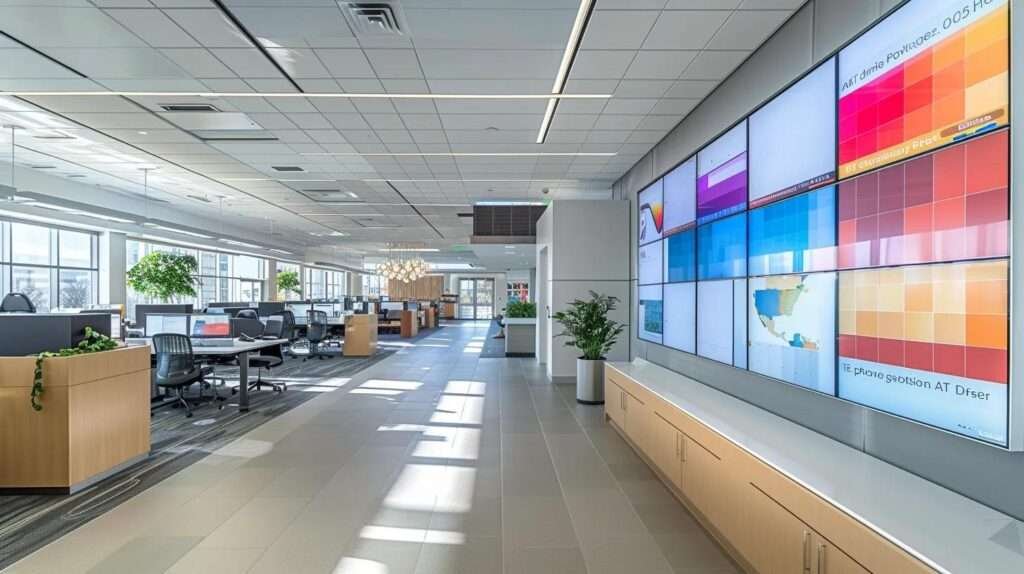
- Energy-efficient siding reduces unwanted heat transfer, lowering energy bills and enhancing indoor comfort.
- Various options such as insulated vinyl, fiber cement, steel, and emerging composite materials offer distinct advantages in thermal performance and durability.
- A holistic approach—integrating siding upgrades with proper insulation, windows, and HVAC improvements—maximizes energy savings.
- Cost and warranty considerations should guide your decision, ensuring that the siding you choose offers the best blend of performance, aesthetics, and long-term value.
Final Thoughts

Upgrading to energy-efficient siding is not just about improving your home’s exterior appearance—it is an investment in your home’s energy performance, durability, and long-term value. By carefully evaluating each option, from insulated vinyl to state-of-the-art composite materials, you can select the siding solution that best meets your budget and climate needs. This integrated approach to home remodeling not only lowers bills but also builds a more comfortable, sustainable living environment. With the proper choice and professional installation, your siding upgrade will provide lasting benefits for years to come.

